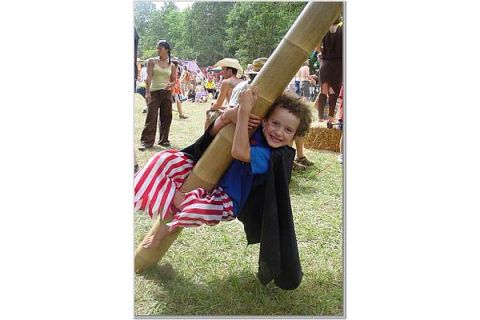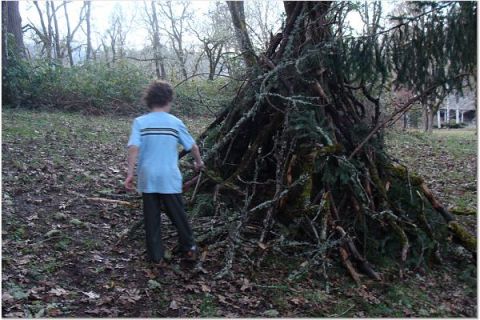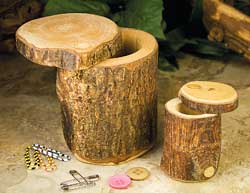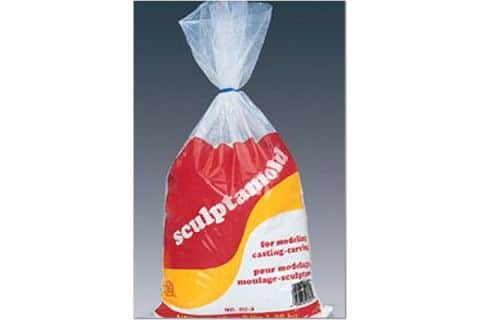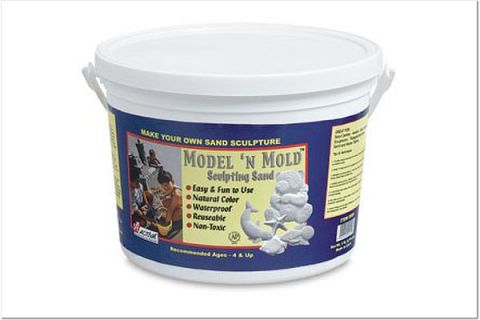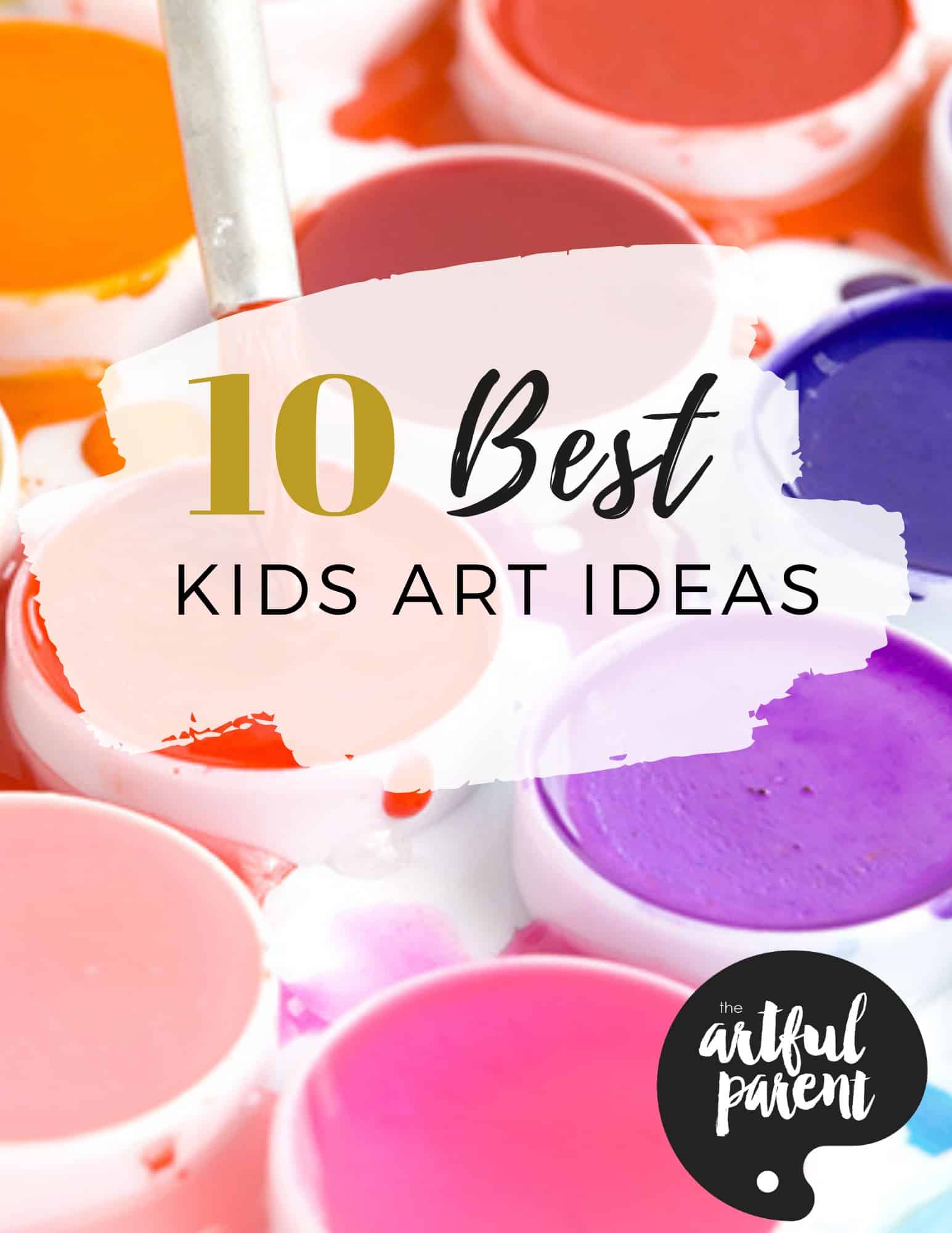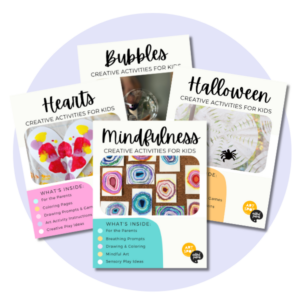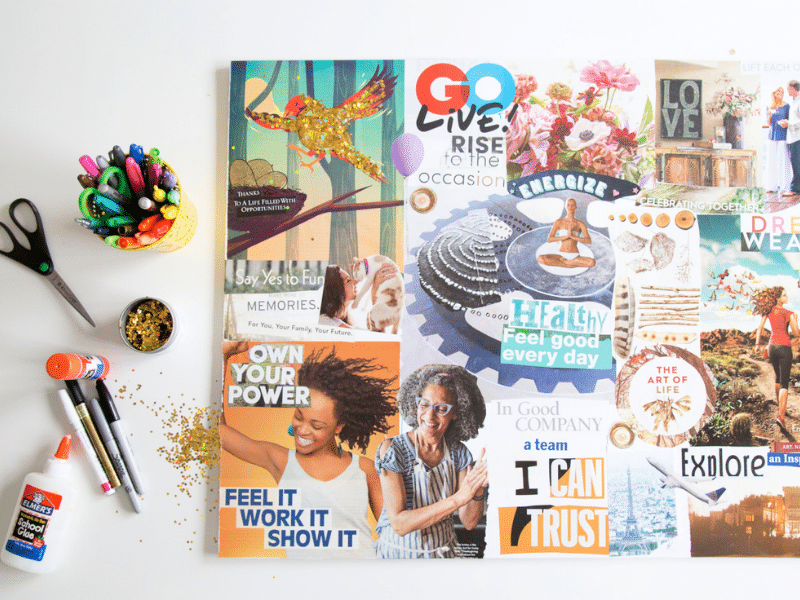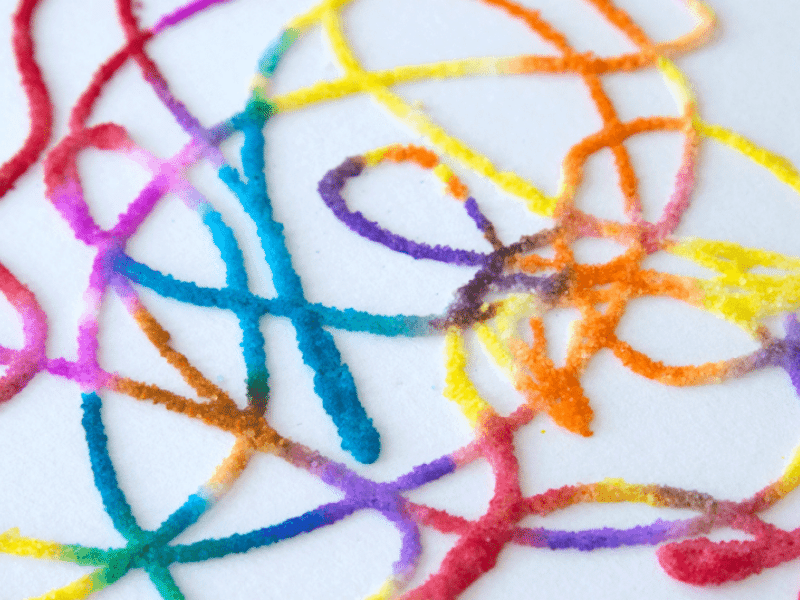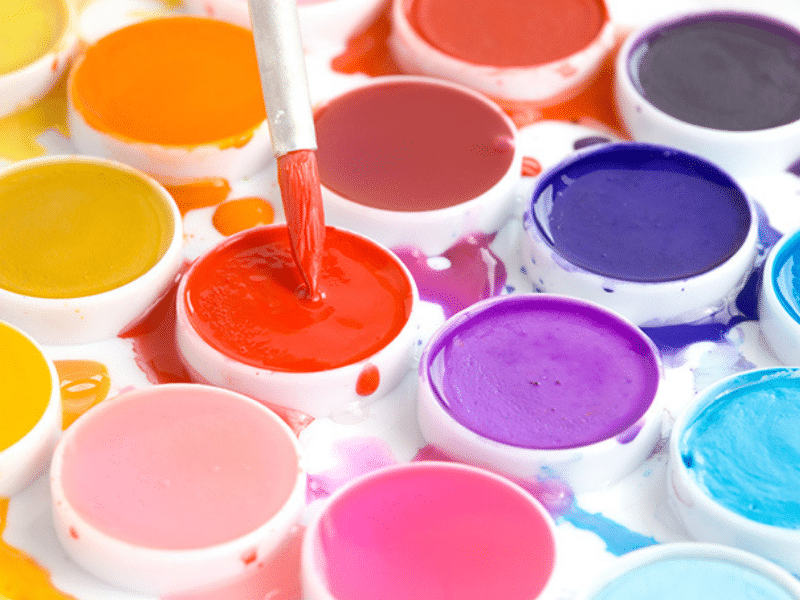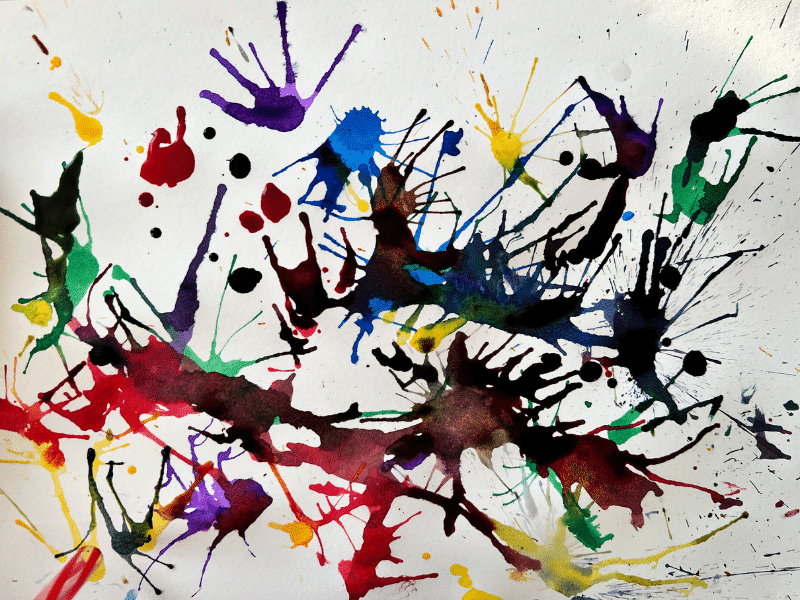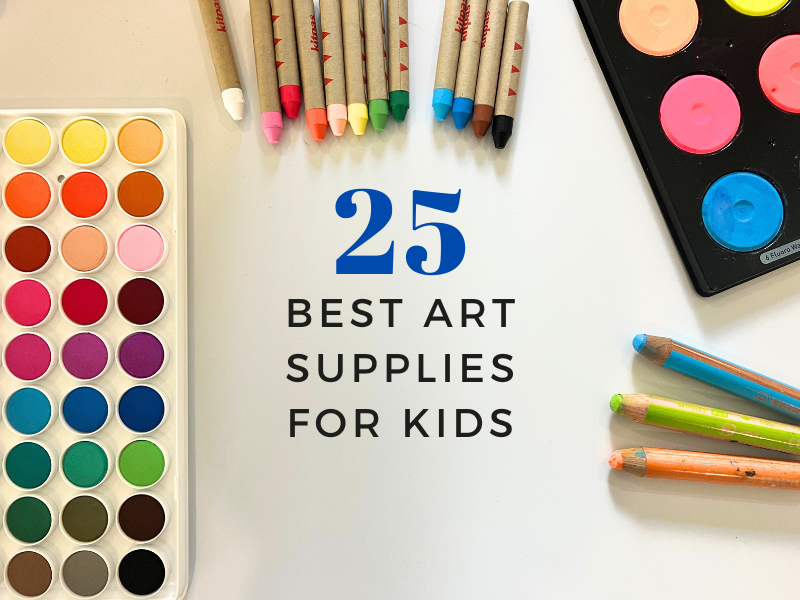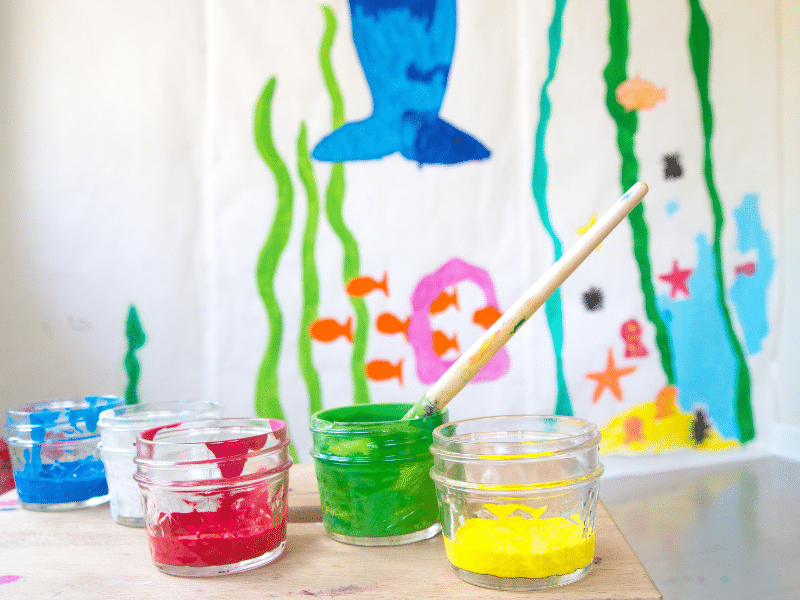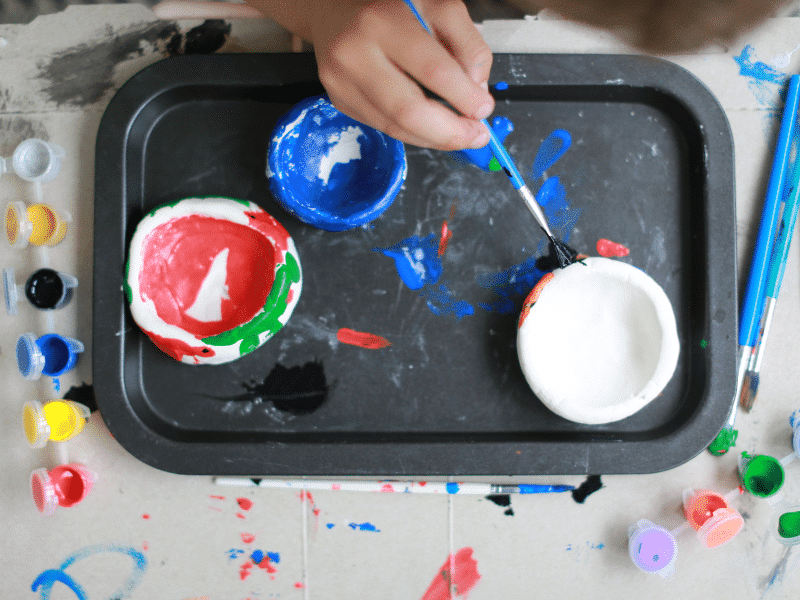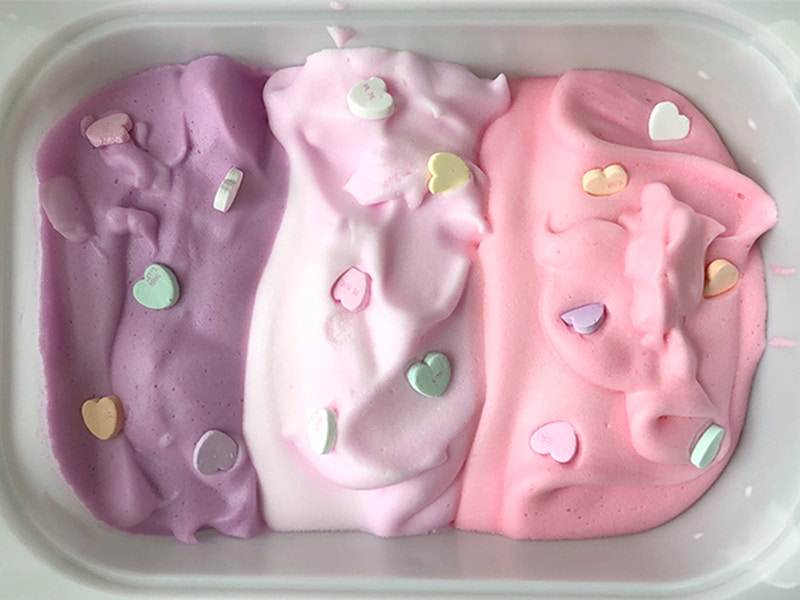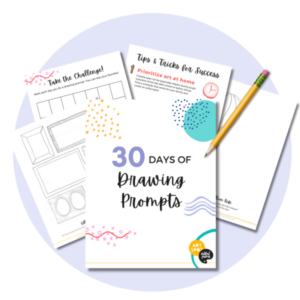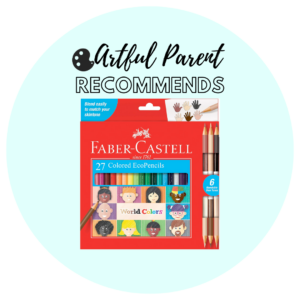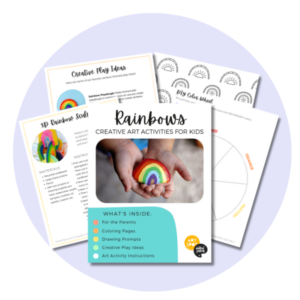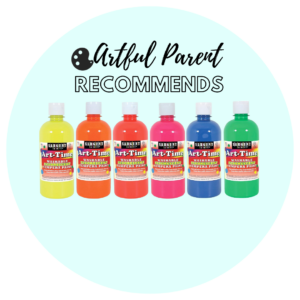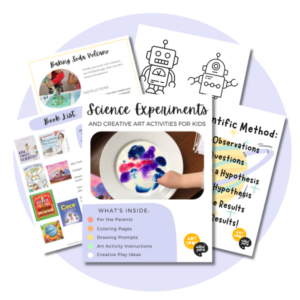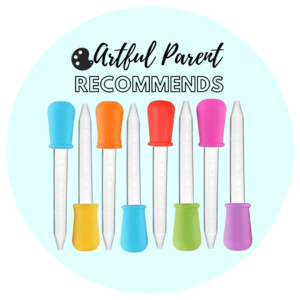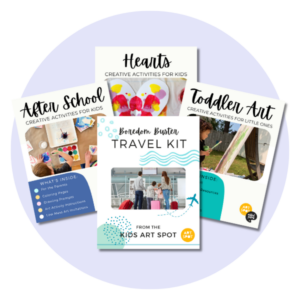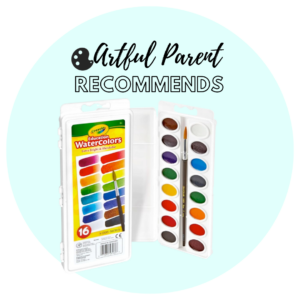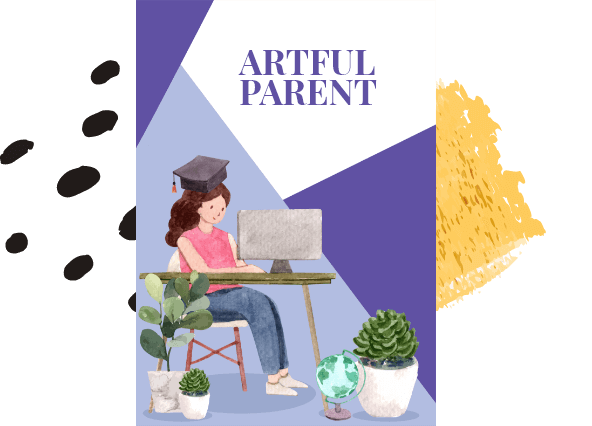Ginger Carlson is the author of the recently released Child of Wonder: Nurturing Creative & Naturally Curious Children, an educational consultant, and a mother of one enthusiastic boy named Zeal.
Note: Readers will have a chance to win a copy of Ginger’s new book at the end of the interview.
JEAN: I love your book, Ginger! It is packed with so many great ideas. I’m sure I’ll be referring to it for a while. Can you tell us why you think it is so important to nurture creativity and curiosity in children?
GINGER: The short answer, but big idea, is that creativity and curiosity–expressing one’s self, the desire to learn, and wondering about the world–is any child’s birthright. No matter the circumstance, it is what we are born with; it drives us as human beings, and in that respect there may be nothing more important that a parent should nurture.
The longer answer is what I often get into on a deeper level in my workshops and speaking engagements; more and more we are moving to become a society that isn’t valuing these things. Sadly, creativity and thinking skills are literally vanishing from learning environments around the country. We can trace this decline back to the Industrial Revolution, but it is now more than ever that we see this lack of importance placed on creative thinking. So I am on a mission of sorts to start up a Creativity Revolution. Will you join me?
JEAN: Yes! Creativity can mean so much more than art-related creativity. Can you talk about other ways children (and everyone!) can be creative?
GINGER: Yes, it certainly can look like so many things. When people talk about creativity they often think of visual arts: painting, drawing, or crafts. In many ways, I think it might be shorter to list ways our little ones can’t be creative. Creativity, and the desire to express ourselves, is the fabric of our lives and is especially tangible in young people who are nurtured in that way. From cleaning up in the bathtub after a hike in the woods, to building towers, to experimenting with the air around us, creativity is in everybody and is everywhere.
In Child of Wonder, I explain Multiple Intelligence theory and have included chapters on many of the ways creativity might play itself out in the lives of young children. Those things might be math, spatial thinking, language (both oral and written), science and scientific thinking, nature, games, active play, cooking, costuming, cooperation, and problem solving. Taking it even a step further, creativity could be a way of looking at the world and how we approach each creativity tool (art supplies, etc), but also every person we come in contact with. Aah, the potential.
JEAN: Can you tell me a little bit about your background and what led you to be passionate about this subject and to write Child of Wonder: Nurturing Creative & Naturally Curious Children?
GINGER: Originally, the idea for the book came from my experiences teaching in an urban school in Los Angeles in the early 1990’s. I was hyper aware of my students need to develop their critical thinking skills and have opportunity to positively express themselves. When we eventually went on to teach in International and Embassy schools throughout Asia and the Indian Subcontinent, and saw the same universal need for learning to think and wonder and love learning! Ultimately, having a child of mine own was the catalyst for putting all those ideas down on paper and into the form you see now as Child of Wonder. Which leads nicely into your next question.
JEAN: Since Maia is my muse and inspiration, I just assume other people’s kids are often theirs. Is this true for you? Can you tell me about your son and his role in creating your book?
GINGER: I see that a lot too with artist and writer friends. We’re mamas, and therefore can’t separate our kids from our art. When Zeal was born, I read a quote that said, To become a mother is to wear your heart on the outside of your body for the rest of your life. That is certainly the case for me.
My son, Zeal (who is now 7 ½), whom the book is dedicated to, will probably never realize the breadth of his role in this book. I wrote most of it in the very early morning hours, while he was sleeping, but he was surely an immense part of it coming to fruition. Because of him, I started writing more often than I had before. He inspired magazine articles and my first children’s book (which is still unpublished, but as a manuscript has won awards). Inspired by wanting to tell him my story, I wrote a novel. He is probably also the reason I learned to knit and started sewing and gardening again He and his dad are certainly the main reason I became as interested in cooking as I am.
JEAN: Your book is chock full of accessible ideas and activities to share with our children. I know I’ll be referring to it again and again as Maia gets older. How did you come up with all the ideas? Will you share a few favorites with us?
GINGER: Over the course of many, many years, and LOADS of trial and error. Almost every idea in the book I have done myself with either Zeal, my nieces and nephews, kids who have been in our art, cooking, science, or book groups over the years, or the 10 amazing kids in my scouting group, who appropriately named themselves “The Sparkly Starflies”. And there are a lot of personal stories that came from years of talking with teachers, parents, grandparents, and of course, from the children themselves.
I have a hard time picking favorites because there are so many things I feel important, and they are different in each chapter, but I guess I have to say that if I had to choose, I would say my favorite is the chapter called “Give Me Space” which is about creating special places and spots that allow for creativity to emerge by giving children time and space for quiet moments, contemplation, rest, relaxation, and imaginative play. From finding simple spaces under tables or made of pillows and scarves atop beds to more elaborate projects like lofts and treehouses, there are a variety of activities and ideas for nurturing creativity through special quiet spaces.
I am also partial to the chapter about messes because I feel strongly about the need for constructive messes in order for creativity to bubble to the surface. In that chapter, there are many recipes and ideas for accepting, creating, containing, and even cleaning up messes.
JEAN: What are a few of your favorite toys, books, or activities for promoting creativity?
GINGER: As I mention in the book, the tools for creativity and curiosity often don’t cost more than imagination. That said, many of my favorites items that do are in the book as resource lists at the end of every chapter, which include books, cds, games, etc. There, they are organized by chapter subject (storytelling, science, mess making, cooking, outdoor play etc). As of this writing, my favorite tools for creating are:
Nature: Studies show that children who play outside in natural environments (not just on playground equipment) play more creatively than those who don’t. So I think the most important creativity tool is the great outdoors.
Our Words: Children need our stories and they need to not always focus on the printed word. When we tell stories to kids, we connect with them and use imagination in a different way than when we read to them.
Wire! There are so many wonderful sculpting wires out there and they lend themselves so well to focused creativity. It’s also a great supply to support fine motor and hand muscle development. We have gotten to the point where I just always have sculpting wire with me (I keep a roll of it in my purse). Zeal likes using small silver or copper wire now to make little intricate sculptures or functioning contraptions or handles for things. Wire of all sizes is available from an art or craft supply shop, but try https://www.twisteez.com/ for some wonderful colored wire that is easy for little hands to mold into the creation of their dreams.
Containers: We all have them lurking in our cupboards and in our recycling bins. Containers of all shapes and sizes are a must, in my opinion. They collect leaves, stones, rubber bands, cotton balls, paper clips, or Lego pieces. Kids learn sorting, gain an understanding of classification, and are encouraged to gather their materials in a somewhat organized fashion. I’m partial to using recycled containers for a few reasons, but I recently saw these beautiful wooden nesting boxes in the Chinaberry catalogue and think we might need a few. That might have to be a whittling project in the near future.
Sculpt-a-mold: this is a great material that is available from art supply stores. You just add water and you can make just about anything. It’s the same principle as papier-mache if you are sculpting something large, but it is just an easy material to pull out and create with. It is really messy, so depending on how many kids are working with, you might consider doing it outside.
Here’s a unicorn horn Zeal made recently out of it (the horn of Dianthus, to be specific).
I also really like sculpture sand–great sensory building experience!
Material: I think every family should also have, and keep accessible at all times, some light materials (playsilks, parachute etc) for kids to play with. They lend themselves so well to being an ocean for the animals, a cape, a roof for a playhouse, or a dancing scarf. Ours, borrowed from my old belly dance costumes and a few fun ones we picked up in India, are stored on clips by the door as you enter Zeal’s room, although most of them are usually in use so they can’t really ever be found there. I think it is also worthwhile to have a few small scraps that can be cut up or used to paint with, or added to collage.
Blocks: I also can’t say enough how important I feel a nice set of wooden blocks are for children. Their potential is wide-reaching for children of all ages and is such an amazing brain developer on so many levels. Some believe that building with blocks is also the foundation for learning to read. And speaking of reading:
A few of my favorite books:

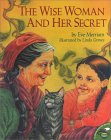
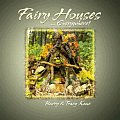
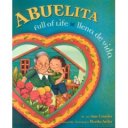

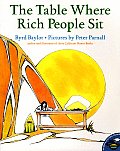
And I think it is VERY important for parents to introduce wordless picture books to their children because they provide a way for kids to connect with out words, add their own, or make interpretations that might not happen when the words are there. Here are a few of my favorites:

Little Star by Antonin Louchard
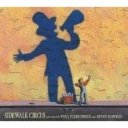
I could go on and on talking about books, but I’ll stop there.
JEAN: Thank you for all those wonderful ideas and resources! Anything else you’d like to add?
GINGER: I think the most important thing about creativity is that it is available to all people, it doesn’t discriminate, and that is what makes it so special. When we nurture creative kids, we are then nurturing people who will eventually grow into creative, thoughtful, thinking adults. That gives me tremendous hope for our world! Thanks for having me as a guest on your beautiful blog, Jean.
JEAN: Thank you, Ginger. You’re a wealth of information! To learn more about Ginger and her book, you can visit her website or her blogs: Thinking Outside the Recipe and Wondershop. And check back next week for part two of her interview with more great ideas for nurturing creativity and curiosity…
Related Posts
-
The Dot :: A Book About Creativity and Confidence
I bought The Dot by Peter H. Reynolds recently and thought it was wonderful. It's…
-
Self Efficacy and Childrens Creativity
Children with high self-efficacy know that they can be successful at a variety of tasks.…
-
The Dot :: A Book About Creativity and Confidence
I bought The Dot by Peter H. Reynolds recently and thought it was wonderful. It's…



